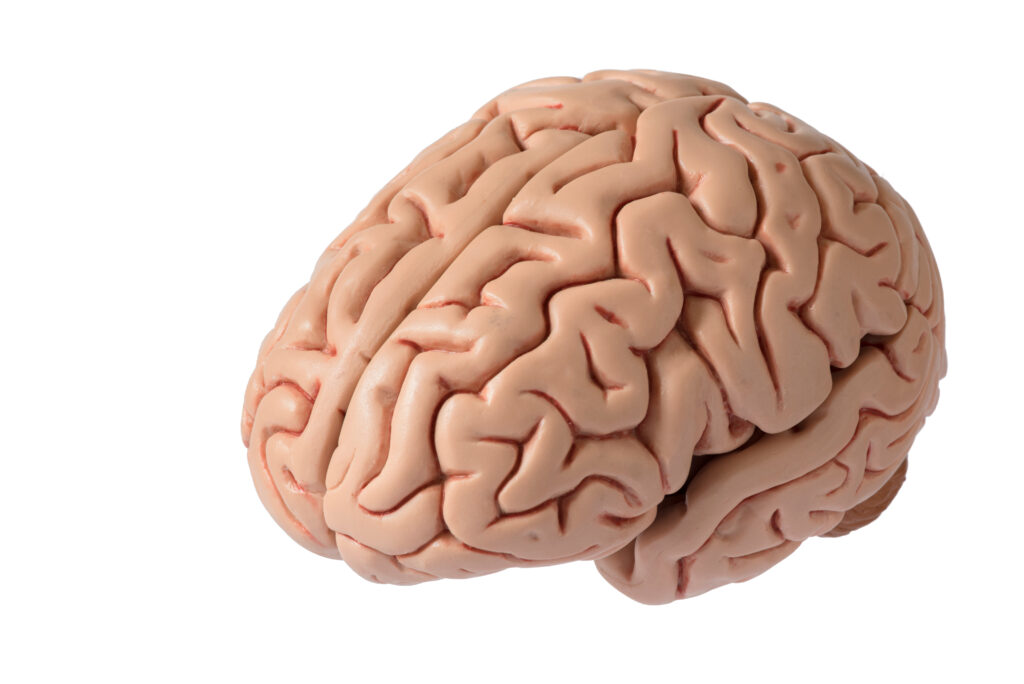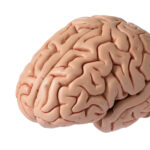### The Overlooked Link Between Sock Matching and Executive Function
When we think about executive function, we often imagine complex tasks like planning a project or managing time. However, executive function is about much more than just big tasks. It’s also about the small, everyday activities that help us stay organized and focused. One of these everyday activities is something many of us take for granted: matching socks.
### What is Executive Function?
Executive function is a set of skills that help us control and regulate our behavior. These skills include things like paying attention, remembering information, planning, and organizing. They are essential for completing tasks and making good decisions. The prefrontal cortex, a part of the brain, is responsible for these functions. Since our brains are not fully developed at birth, we learn and develop these skills over time.
### How Does Sock Matching Relate to Executive Function?
Matching socks might seem like a simple task, but it actually requires several executive function skills. Here’s how:
1. **Attention and Focus**: When you’re getting dressed, you need to pay attention to the socks you’re picking up. If you’re distracted, you might grab the wrong sock, which can lead to frustration and wasted time.
2. **Working Memory**: You need to remember which sock you’ve already picked up and which one you still need to find. This involves holding information in your mind for a short period.
3. **Planning and Organization**: If you have a system for organizing your socks, like keeping them in pairs or using a specific drawer, you’re using planning and organizational skills. This helps you find what you need quickly and efficiently.
4. **Self-Regulation**: If you get frustrated because you can’t find a matching sock, you need to regulate your emotions and stay calm. This self-regulation helps you continue with the task without getting overwhelmed.
5. **Problem-Solving**: Sometimes, socks might be missing or in disarray. In these situations, you need to problem-solve by figuring out where the missing sock is or how to match them up despite the chaos.
### Why is Sock Matching Important?
While matching socks might seem trivial, it’s a daily activity that helps children develop essential executive function skills. These skills are not just useful for matching socks but also for more complex tasks like completing homework, following instructions, and managing time.
### Supporting Children with Sock Matching
If you’re working with children who struggle with matching socks, here are some tips to support them:
1. **Create a System**: Help them develop a system for organizing their socks, like using a specific drawer or keeping them in pairs.
2. **Use Visual Aids**: If they have trouble remembering which sock they’ve already picked up, use visual aids like a sock chart or a picture of the matching socks.
3. **Practice Regularly**: Encourage them to practice matching socks regularly, even if it’s just for a few minutes each day.
4. **Break It Down**: If they’re overwhelmed by the task, break it down into smaller steps. For example, start by picking up one sock and then finding its match.
5. **Provide Positive Feedback**: Praise them for their efforts and accomplishments. Positive feedback can help build their confidence and motivation.
### Conclusion
Matching socks might seem like a simple task, but it’s a powerful tool for developing executive function skills. By recognizing the importance of these everyday activities, we can help children build the skills they need to succeed in all areas of life. So next time you’re getting dressed, remember that matching your socks is not just about finding a pair; it’s about developing the skills that will help you tackle more complex challenges in the future.


